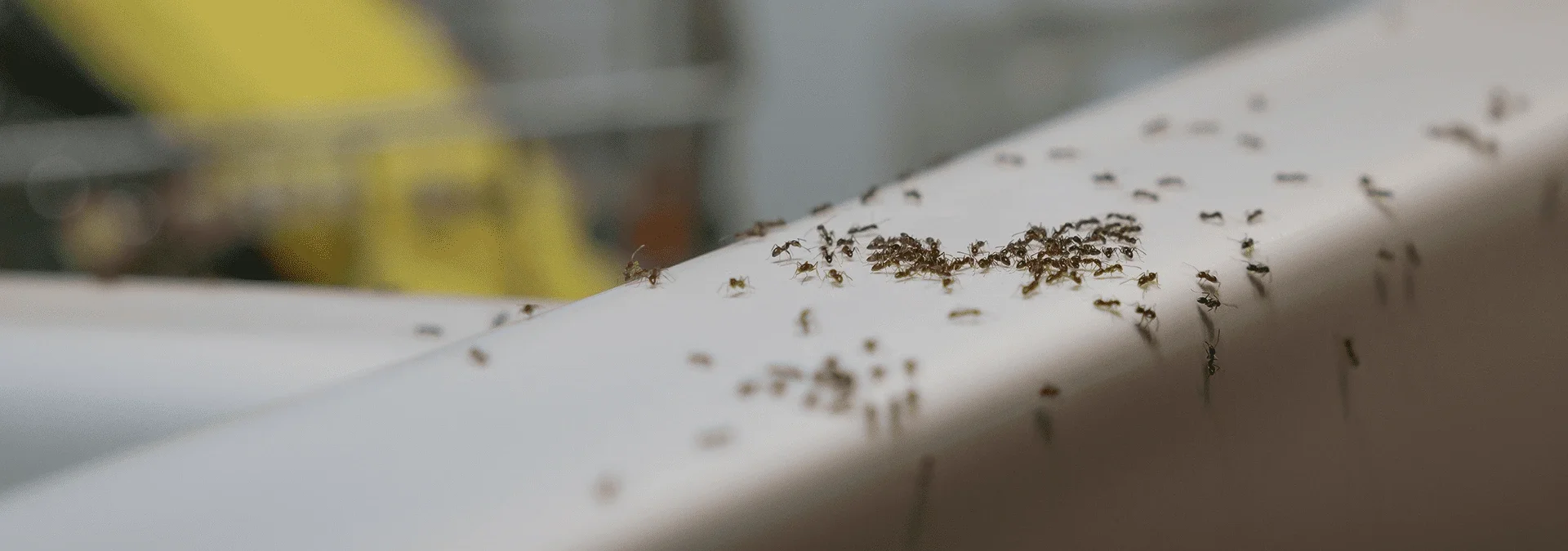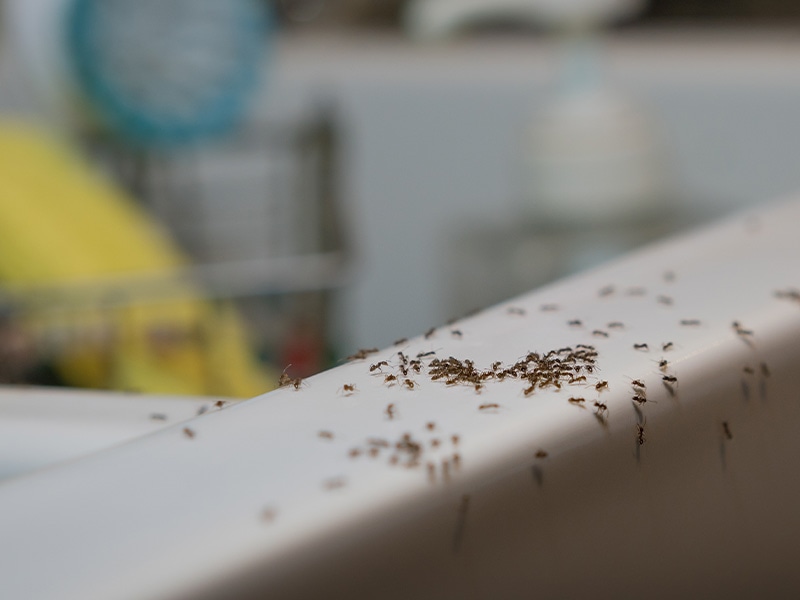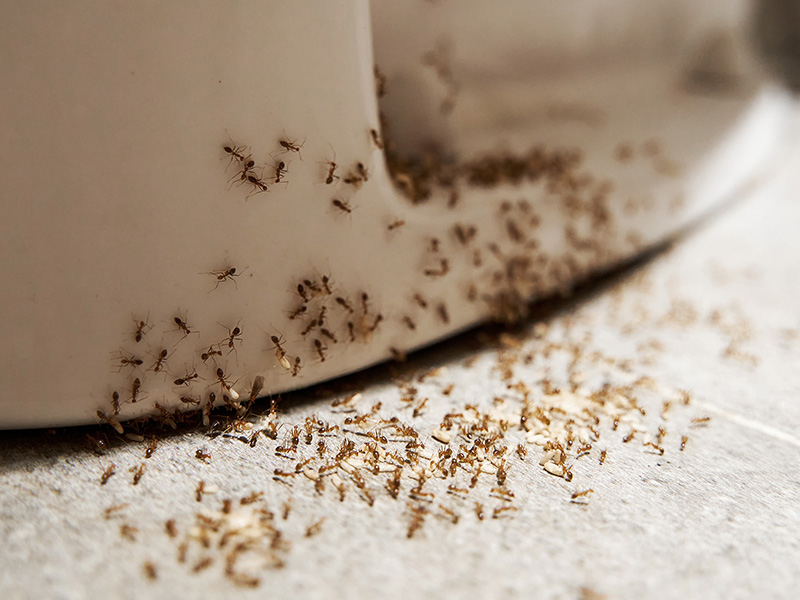What do ants look like?
Ants are skinny with a narrow connection between their thorax and abdomen. Ants have mouthparts that can chew and antennae with a bend in the middle. Ants range in size from extremely tiny to very large.

According to the University of Florida, the most common types of ants in Florida can be grouped as either house-infesting, yard-infesting, and carpenter ants. Below, we'll look at some of these nuisances and potentially destructive ants.
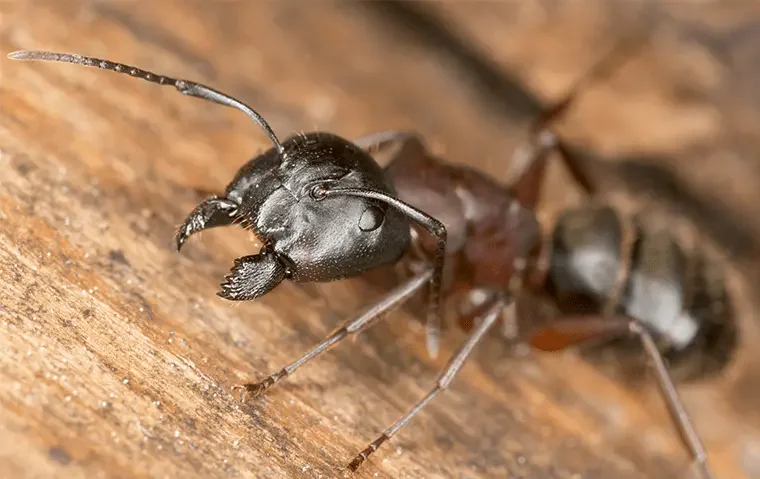
Carpenter Ants
These large, nocturnal ants use their mandibles to chew through wood to build nests inside. They prefer dead, damp wood for their nests, making the vulnerable areas around and under your windows, decks, roof eaves, and porches likely to be infested by carpenter ants.
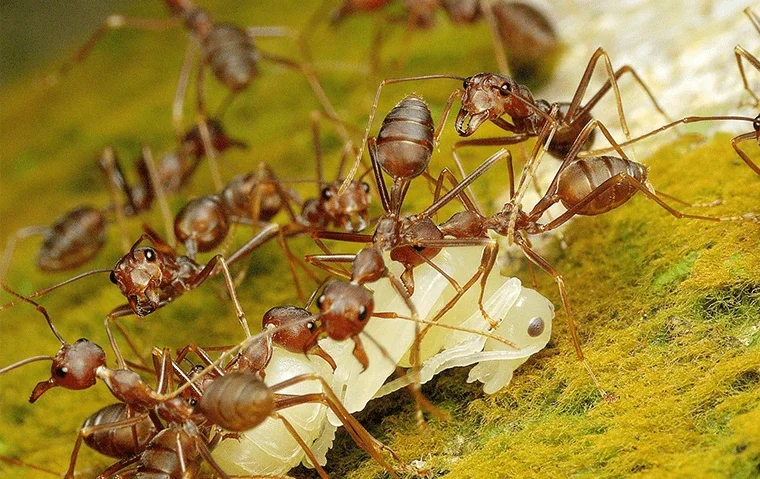
Pharaoh Ants
Very small, these ants are commonly found in homes and hospitals and are sometimes considered the most difficult of all ants to control. They establish multiple colonies throughout the structure and have the ability to survive most household pest control treatments.

Ghost Ants
Tiny ants with a dark head and translucent legs and gasters, ghost ants are found in large numbers in Florida and other tropical areas and are a typical nuisance to greenhouse owners. They are highly adaptable to nesting habitats and are found both indoors and outdoors. Ghost ants are commonly found in wall voids, cabinetry, baseboards, and potted plants in homes.
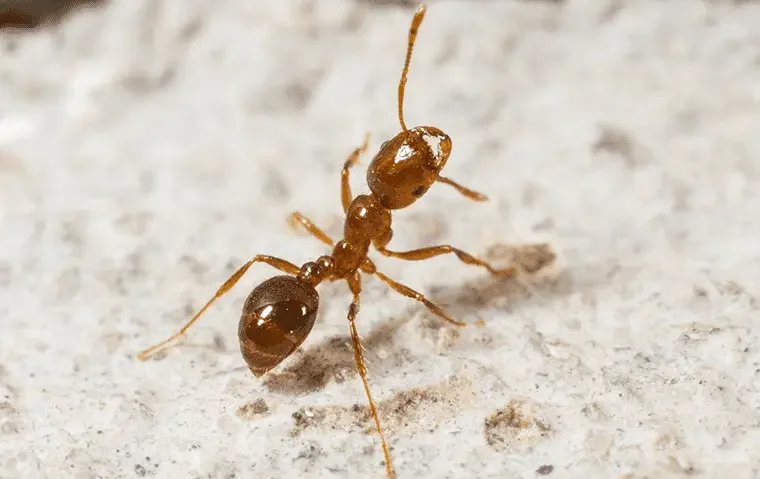
Fire Ants
Small, aggressive ants, they will repeatedly sting any intruding human or animal. Fire ants thrive in warm temperatures and avoid dark areas, and they commonly build nests in the ground with visible mounds. The diet of the fire ant consists of animals and vegetables, and they will even consume dead animals. It is important to treat the entire yard to control fire ants.
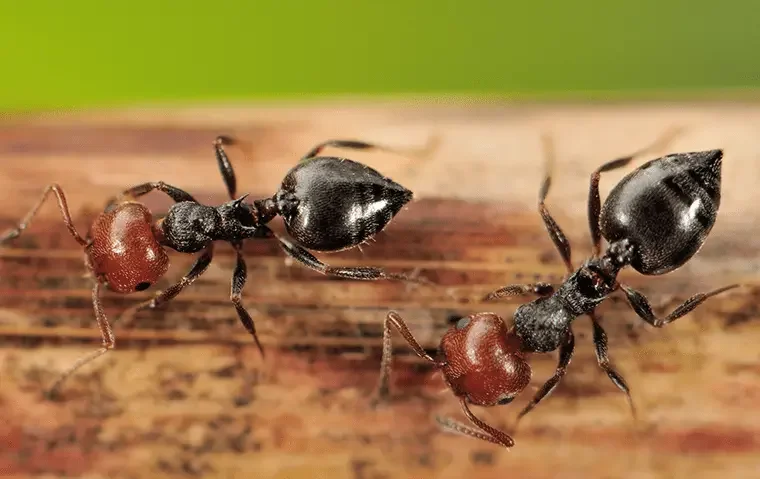
Acrobat Ants
They get their name from their acrobatic movement of raising their abdomens over their heads when they are disturbed. Acrobat ants will also emit a foul-smelling odor, so disturb at your own risk! Their diet consists of honeydew, insects, and the sugary waste excreted by insects that consume sap.

Argentine Ants
These ants are medium-sized and light to dark brown. They are highly adaptable and can build nests almost anywhere, although they tend to nest in moist soil, under boards, next to or under buildings, and along sidewalks. Argentine ants choose a sweet diet when given a choice, but they will eat almost anything, including eggs, fats, meats, and oils. They have thousands of ants in their colony and infest entire properties.
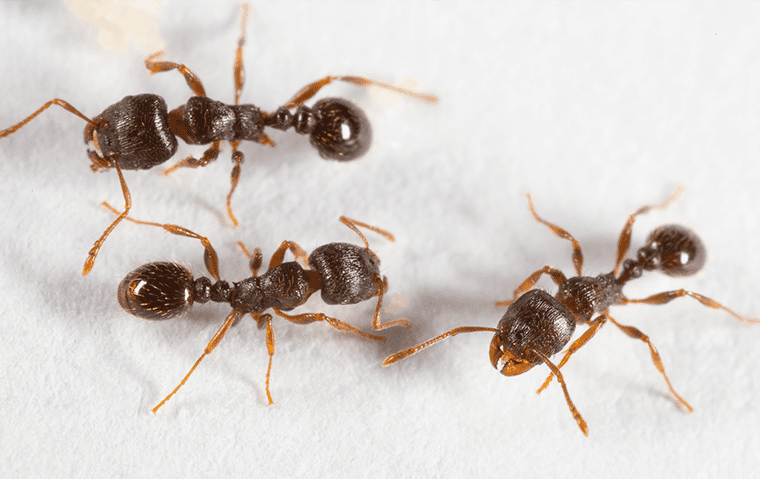
Pavement Ants
Their name derives from their tendency to build nests by driveways, sidewalks, and other paved areas outdoors. When inside, pavement ants will nest in walls or under your floors. They prefer greasy foods but are also known for eating live and dead insects, seeds, and a variety of foods consumed by humans.

Odorous House Ants
Known as stink ants, sugar ants, and coconut ants because they emit the smell of a rotten coconut when their bodies are crushed, these ants forage for food both day and night along well-traveled trails.
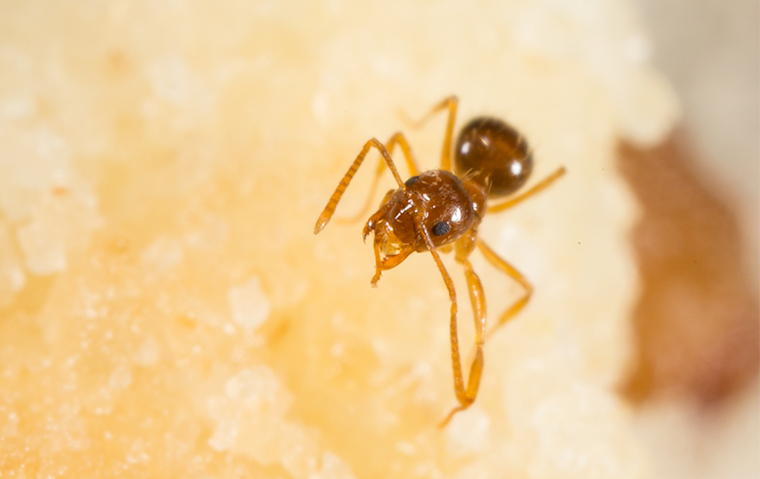
Crazy Ants
Crazy ants are tiny. Adults typically range in size from 1/16th to 1/8th of an inch in length. They range in color from brownish-red to black, and they look like your basic ant. What really sets this ant species apart from other ants, and where their name was derived from, is the way they move. Crazy ants don’t walk together in a line the way many other species of ants do; instead, individuals display frantic, erratic movements, which gives them the appearance of being “crazy.”
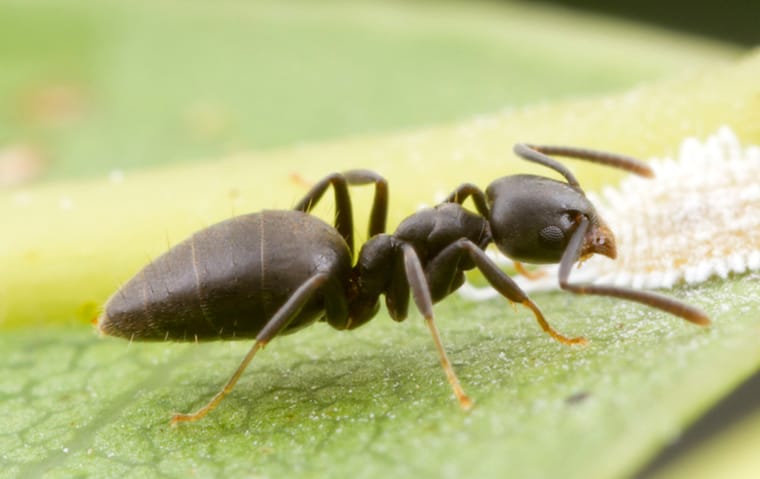
White-footed Ants
White-footed ants are a small species of ant, and thousands of them live together in vast colonies. As their name suggests, their “feet” are a pale yellowish-brown color, while their legs and body are a much darker black or brown.
This ant species is most active during Florida’s rainy season when plant growth is at its highest.
What Attracts Ants?
Ants are known for loving sugary, sweet substances. While they prefer sweets, they will eat almost anything edible, from fruits to vegetables to meat. They need water to survive, which can also be an attractant.
Are Ants Dangerous?
Ants are usually harmless to the health of humans, but fire ants can bite and sting if disturbed. The stings are painful, almost like a burn, and some people may need to seek medical attention if an allergic reaction occurs. Carpenter ants, though not a health threat, are capable of causing extensive damage to structures if not treated.
How Do I Get Rid Of Ants?
Lindsey Pest Services uses an Integrated Pest Management (IPM) approach to getting rid of ants. Our expert pest control technicians will inspect your property to find what species are infesting, where the ants are active, and where their nests are located. Once we've evaluated the ant problems, we'll determine the most efficient method of ant control. Next, we'll eliminate the colony of ants and, if you choose one of our home pest control plans, we'll perform ongoing maintenance to ensure the colonies don't restart while keeping new ants from entering your home.
Helpful Ant Articles
Why Ant Infestations Are Best Left To The Professionals
The Secret To Effective Ant Control For Your Jacksonville Property
Get Your Free Pest Control Quote Today!
Complete the form below to get started with your free, no-obligation quote, and a Lindsey Pest representative will contact you shortly.
Same Day Service Available!

Blog Posts


